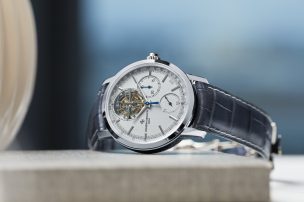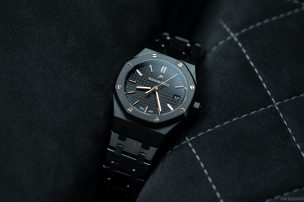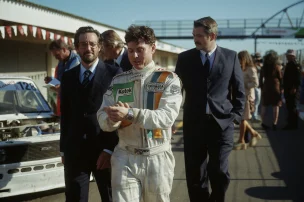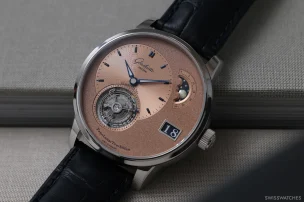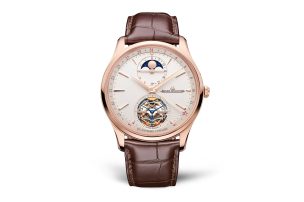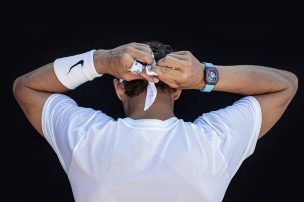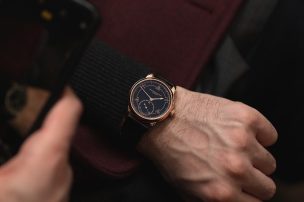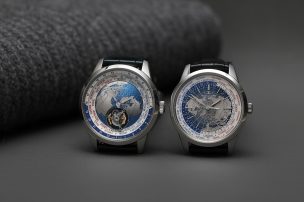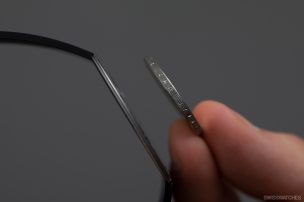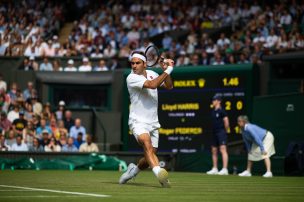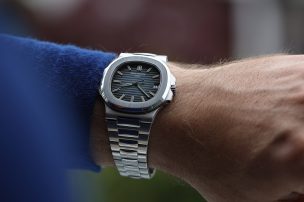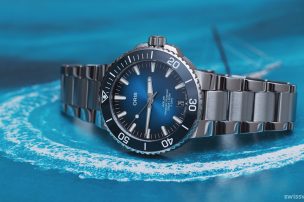
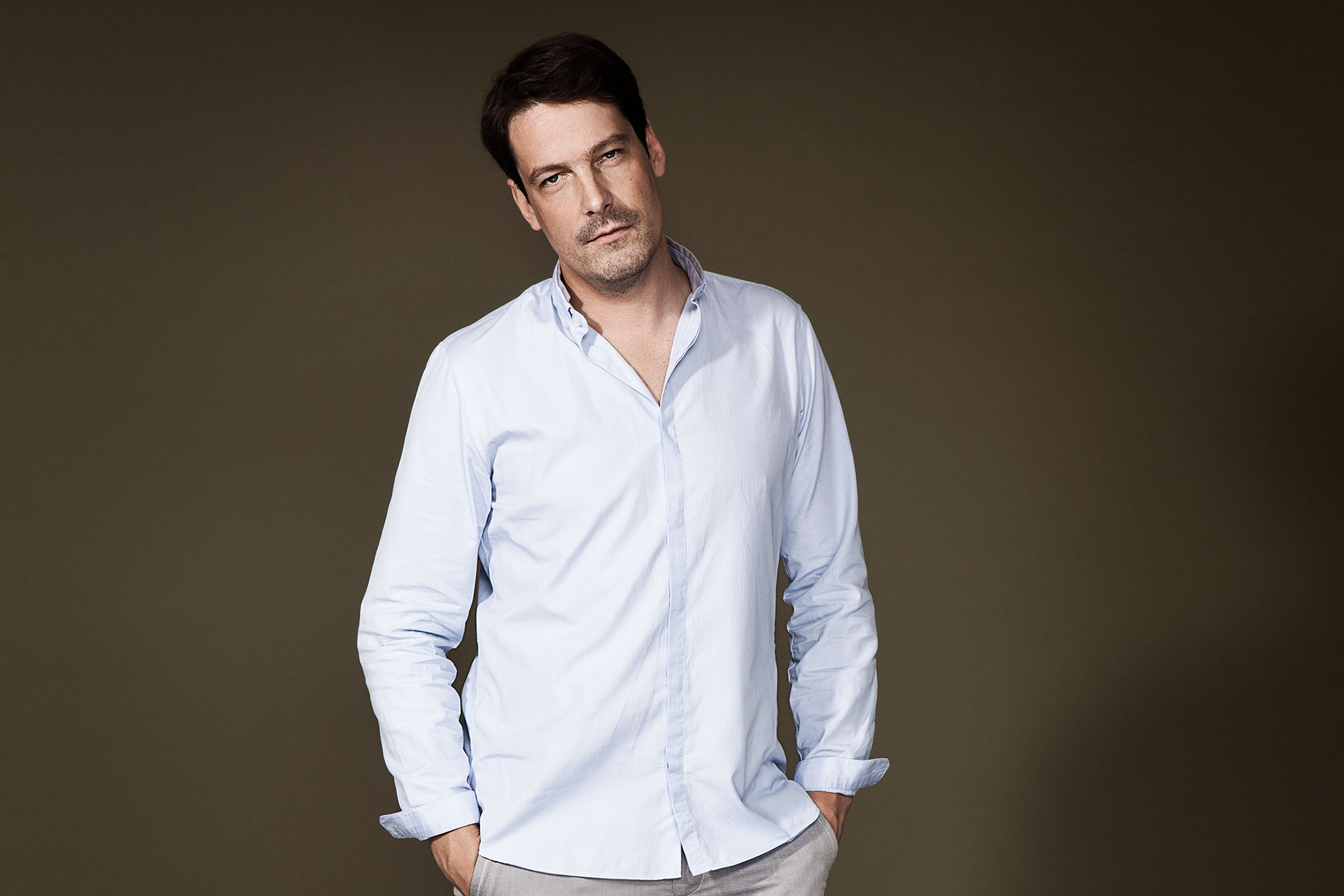
The Evolution of Innovation: Roger Dubuis’ Gregory Bruttin Talks Strategy
Since its inception in 1995, Roger Dubuis has been a pioneer in the luxury watchmaking industry, continuously pushing boundaries and redefining standards. Through (almost) it all, the company has been home to Gregory Bruttin, who first came to Roger Dubuis in 2002. We caught up with Bruttin to discuss the significant changes in the company’s strategy made over the years, from an early dalliance with ground-breaking complications to its recent spate of partnerships that have largely defined the brand in recent years. There’s no doubt that the horology house’s commitment to innovation and horological excellence are going nowhere – but where, at a time when Roger Dubuis has an interim CEO, is the brand headed next? Fortunately for us, our esteemed interviewee has all of the answers.
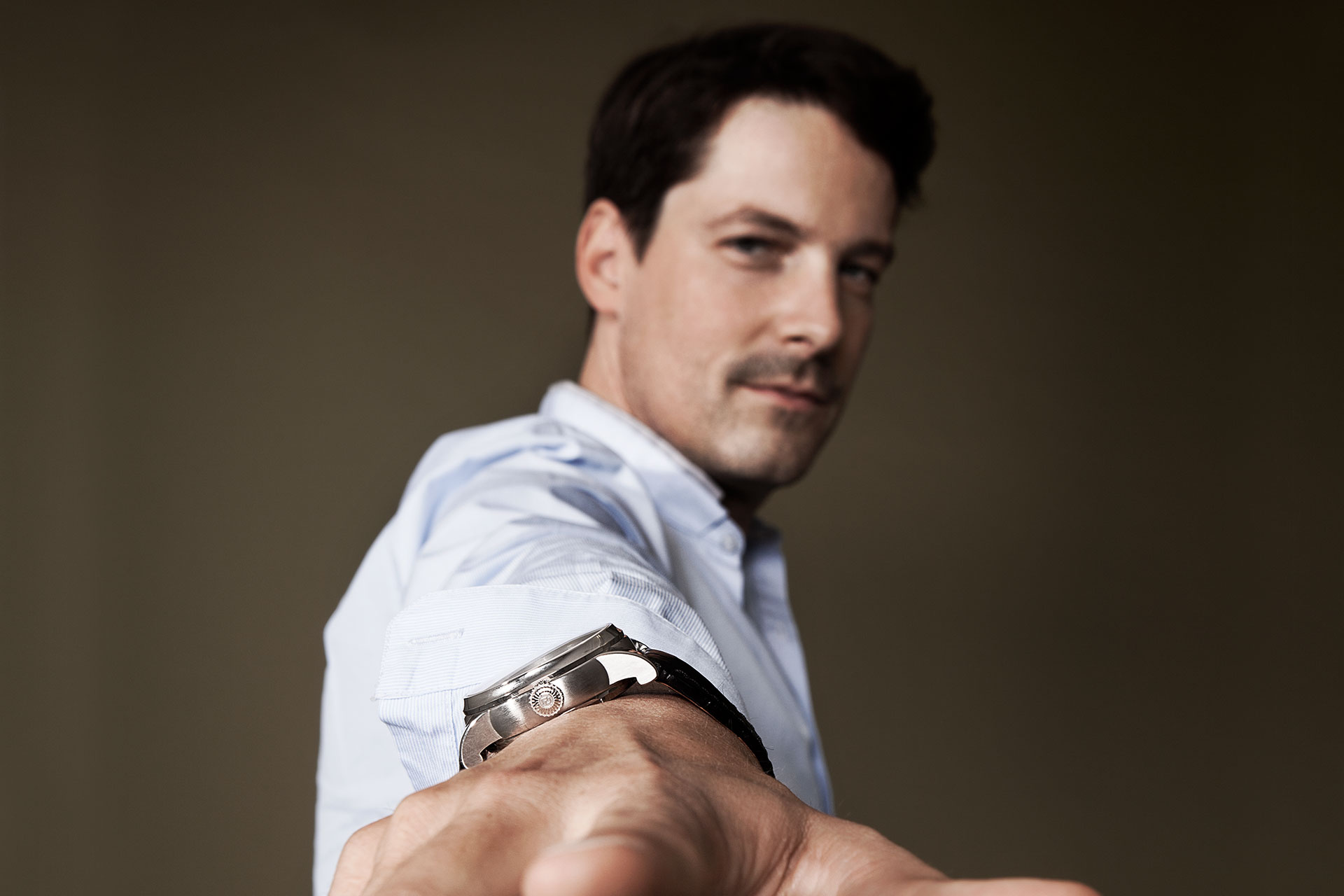
Gregory Bruttin
Bruttin has climbed pretty much every rung at Roger Dubuis: watchmaker, Head of Technical Office, Head of Movement Development, R&D and Watchmaking Director, to his current position where the established engineer thrives best: Strategic Product Director. ‘I’m in charge of everything linked to the product,’ he summarises succinctly in his composed French accent.
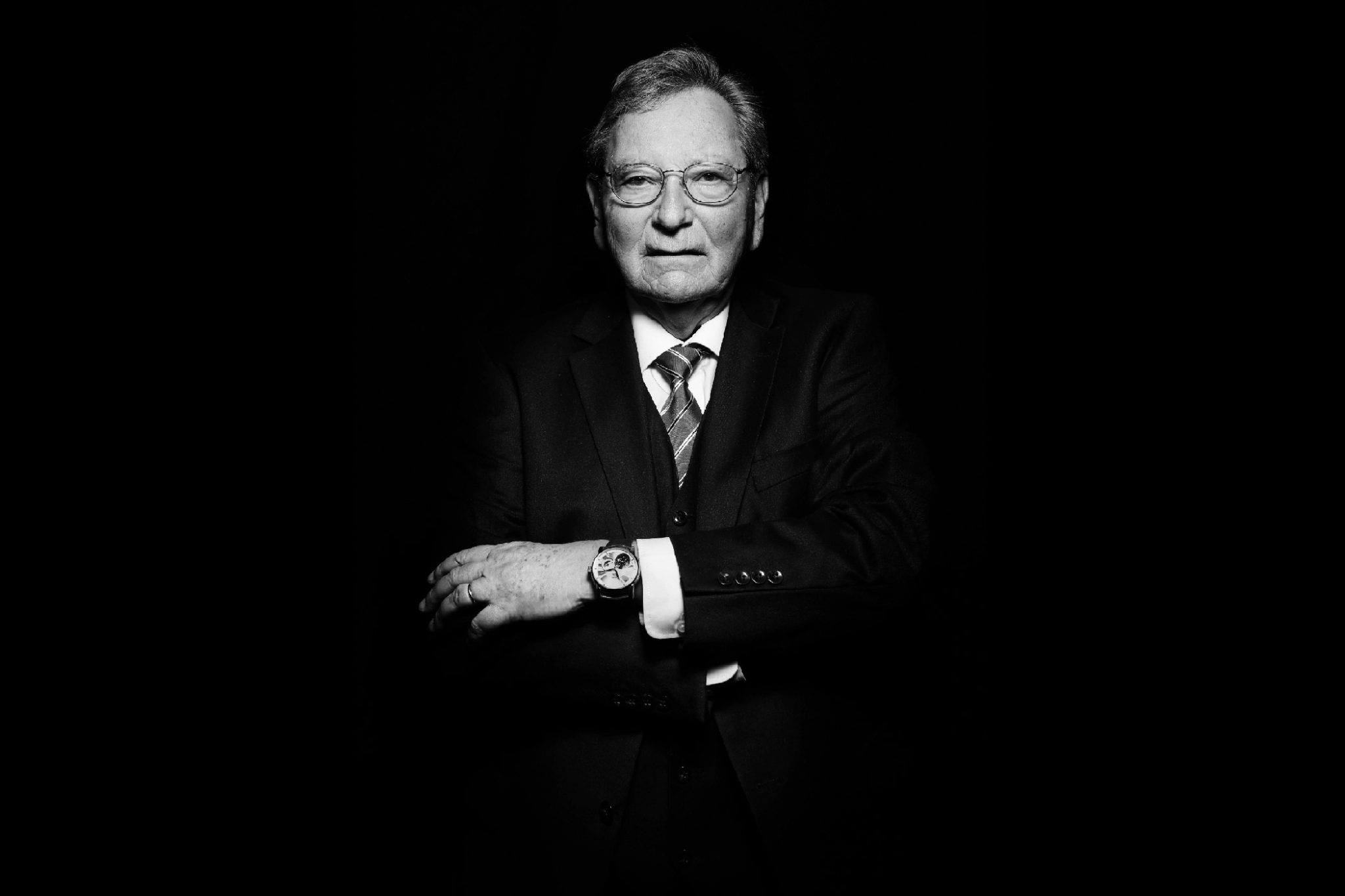
Roger Dubuis himself
Roger Dubuis’ early years: 1995-2000: Creating something unique
In its formative years, Roger Dubuis was on a mission to create something truly unique – a fusion of modern design and traditional watchmaking craftsmanship. This vision led to the development of intricate complications, such as the retrograde perpetual calendar, which soon set the brand apart from its competitors. Additionally, Roger Dubuis’ use of sapphire crystal on its watches’ casebacks offered up a product that overtly exposed the traditional while simultaneously embodying modernity.
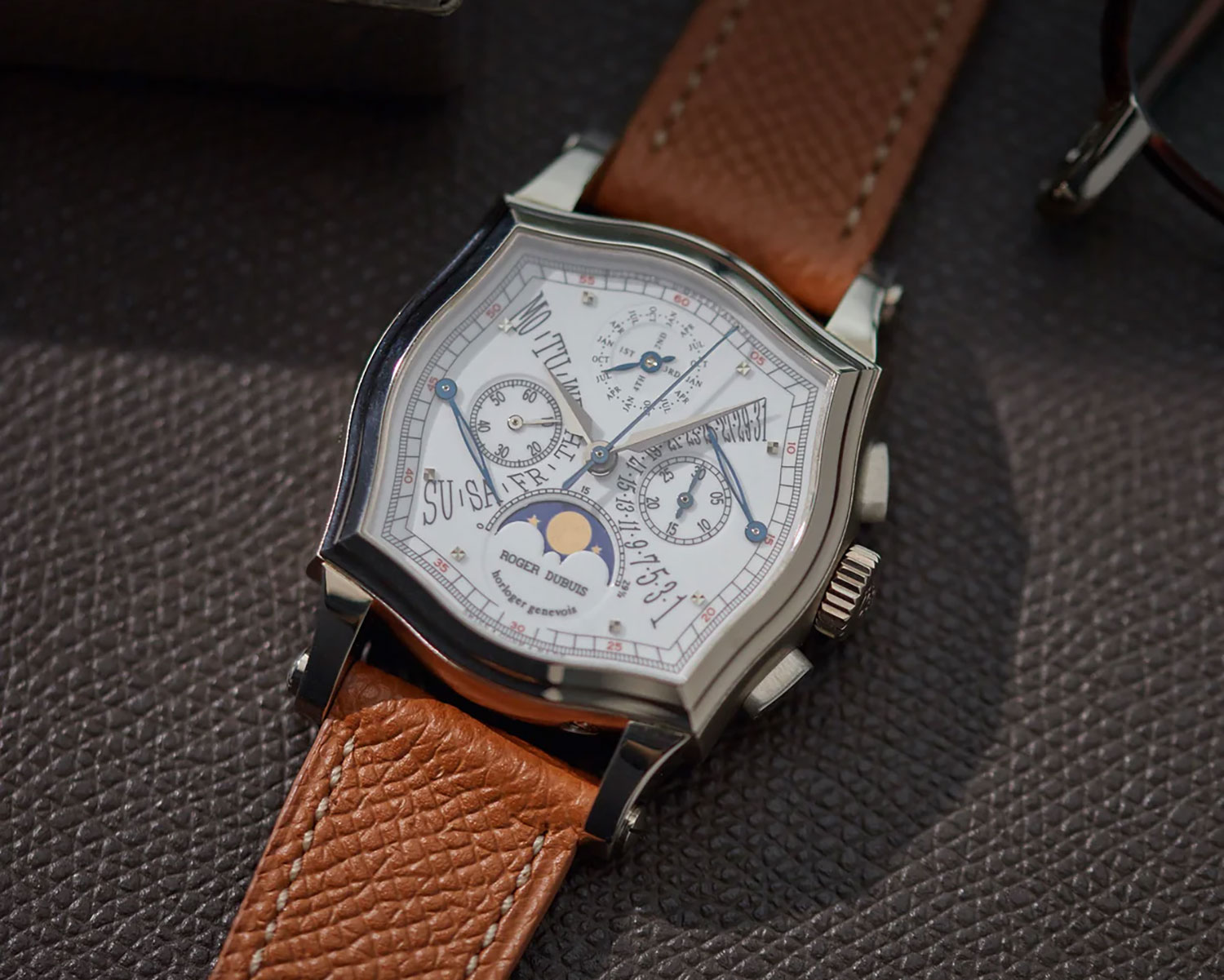
Sympathie Perpertual Calendar Chronograph in white gold
Courtesy of A Collected Man
‘Mr Dubuis’ first idea was to have a very modern design, but in a real watchmaking context,’ Bruttin elaborates. ‘This is why we created complications from the very beginning. A good example was the Sympathie Bi-Retrograde Perpetual Calendar, with its very original animation and sapphire crystal caseback. It was very important for Mr Dubuis to show the beauty of the movement, hence why we started to do this more systematically. It was also a very modern thing to do back then, yet the movement was inevitably very traditional with a very high quality of finishing.’
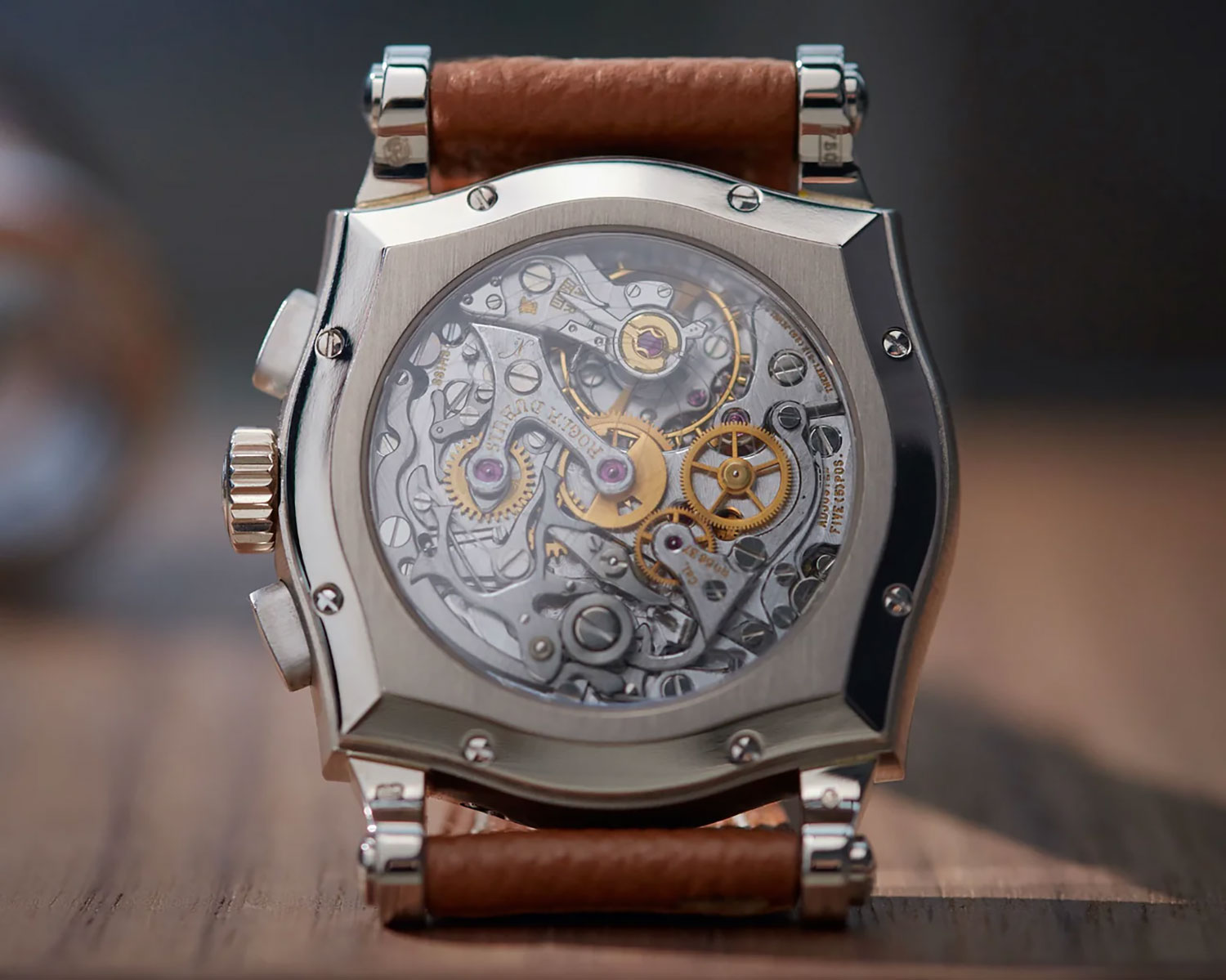
Roger Dubuis Sympathie Perpertual Calendar Chronograph in white gold
Courtesy of A Collected Man
Having quickly defined itself in terms of DNA, the period between 1995 and 2000 marked a phase of establishing the brand’s manufacturing capabilities in Geneva, laying the foundation for future creative endeavors. With a focus on integrating expertise in movement design and engineering, Roger Dubuis embarked on creating its own calibres – a pivotal step towards achieving complete autonomy in production.
A new millennium: Spearheading innovation
By the early 2000s, Roger Dubuis was home to its own integrated manufacture and had established itself as a leader in haute horlogerie, enjoying a reputation for its innovative complications and impeccable craftsmanship. The creation of the manufacture in 2002, the same year Bruttin joined, allowed the horology house to integrate its early calibres, opening the door for further creativity. ‘We had a lot of ambition,’ adds Bruttin. ‘That’s really why I joined the company.’ The introduction of Roger Dubuis’ first in-house tourbillon, the RD03, in 2003, and double tourbillon, in 2005, further solidified the brand’s reputation for technical mastery and innovation. By strategically positioning the tourbillon cage at unconventional angles, Roger Dubuis challenged industry norms, showcasing its commitment to pushing boundaries. Other innovations, including a world premiere minute repeater tourbillon and skeletonised double tourbillon followed closely behind.
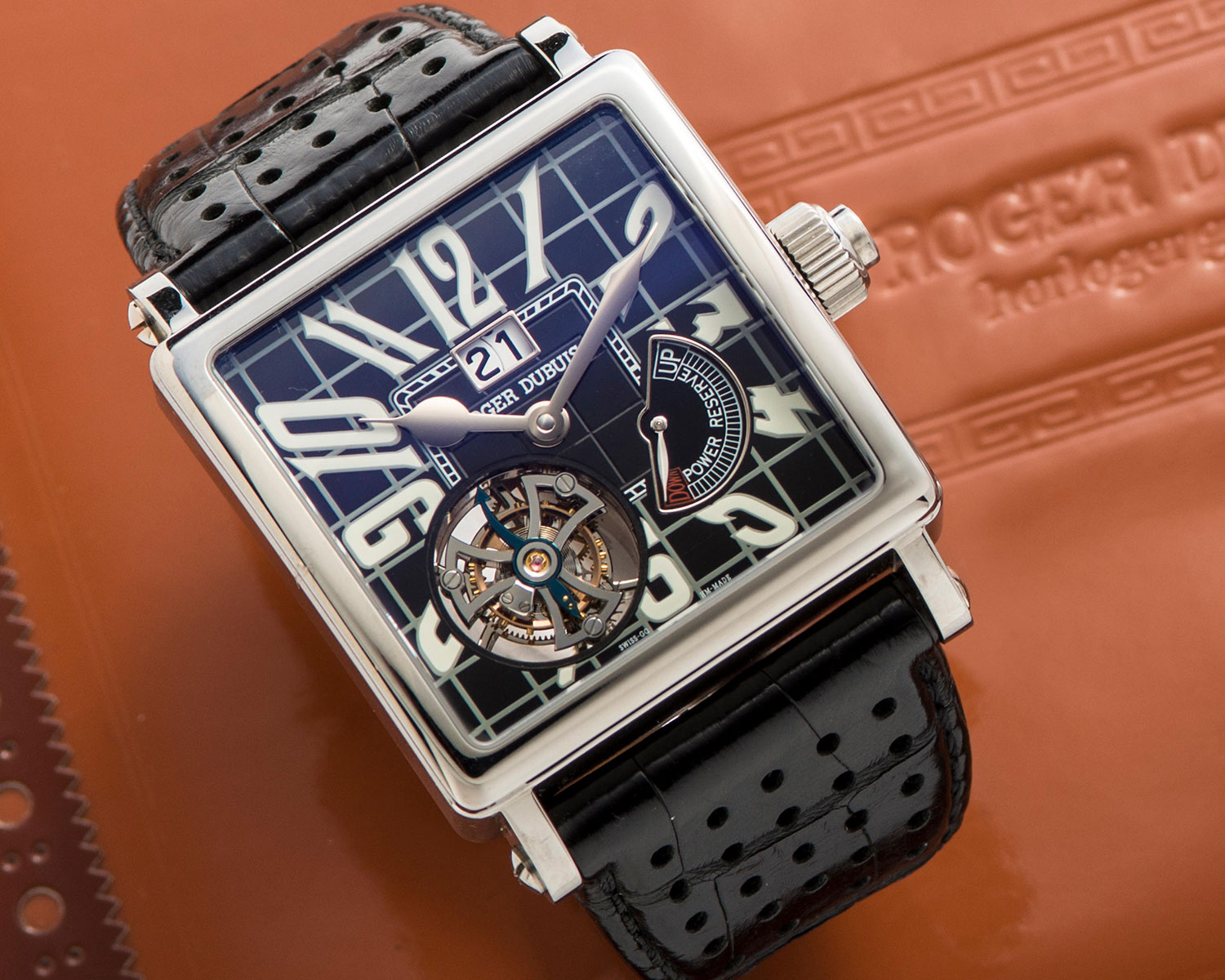
Roger Dubuis flying tourbillon with manual winding
Courtesy of Bonhams
The mid-2000s saw a significant shift in the brand’s aesthetic direction with the introduction of skeletonized watches under the avant-garde Excalibur collection. Embracing the Genevan watchmaking element of the watches, these timepieces showcased the beauty of the movement through intricate skeletonisation, exemplifying Roger Dubuis’ ability to marry tradition with modernity. ‘The move towards skeletonisation marked the second big milestone in the evolution of the brand,’ supplements Bruttin.
Roger Dubuis: 2015 onwards
In recent years, Roger Dubuis has continued to evolve, exploring new materials, technologies, and collaborations. Partnerships with automotive giants like Lamborghini have opened doors to innovative designs and materials, appealing to a new generation of luxury watch enthusiasts. The Excalibur Spider sports watch, Bruttin adds, opened up a lot of opportunities, not least in terms of colours and materials. One particular milestone was the Excalibur Spider Carbon introduced in 2017, aka the timepiece with the first-ever movement plate, bridges, and tourbillon upper-cage entirely made in carbon. The Excalibur Quatuor Cobalt Micromelt, using exclusive technology from the aeronautic and astronomy industries, followed close behind.
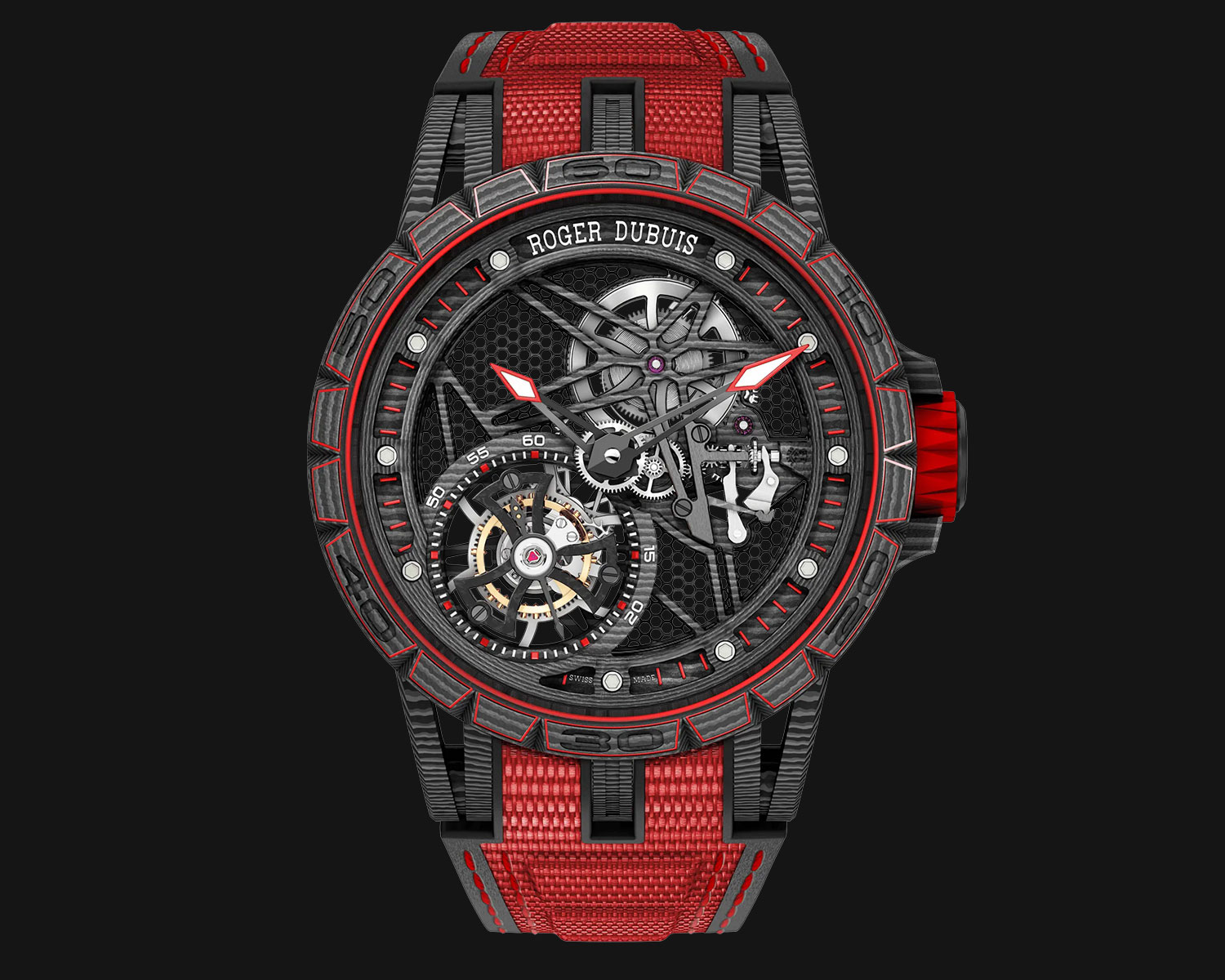
That same year, Roger Dubuis passed away. However, his philosophy remained. ‘We have three main pillars,’ explains Bruttin. ‘Watchmaking is of course the first one. The second is expressivity: Roger Dubuis himself was always keen to come up with something surprising, also in terms of colour. The third pillar is modernity, which has taken us from our roots, to motorsports, to the path of evolution we are on today.’ Indeed, this time period heralded the start of the horology house’s ongoing collaborations with formidable motorsport giants Pirelli and Lamborghini Squadra Corse.
From the present to the future – and back again
Now, the brand’s new titanium Orbis in Machina Central Tourbillon watch, introduced at this year’s Watches and Wonders fair, goes full circle with a return to focusing upon the tourbillon. ‘The brief was really to create something very modern,’ says Bruttin. ‘Two or three years ago, we completely redeveloped the movement: it has a new cage that is more resistant to magnetism, as well as a modified barrel that helps to provide a 72-hour power reserve. The finishing is also more contemporary, not to mention the use of titanium being very modern.’
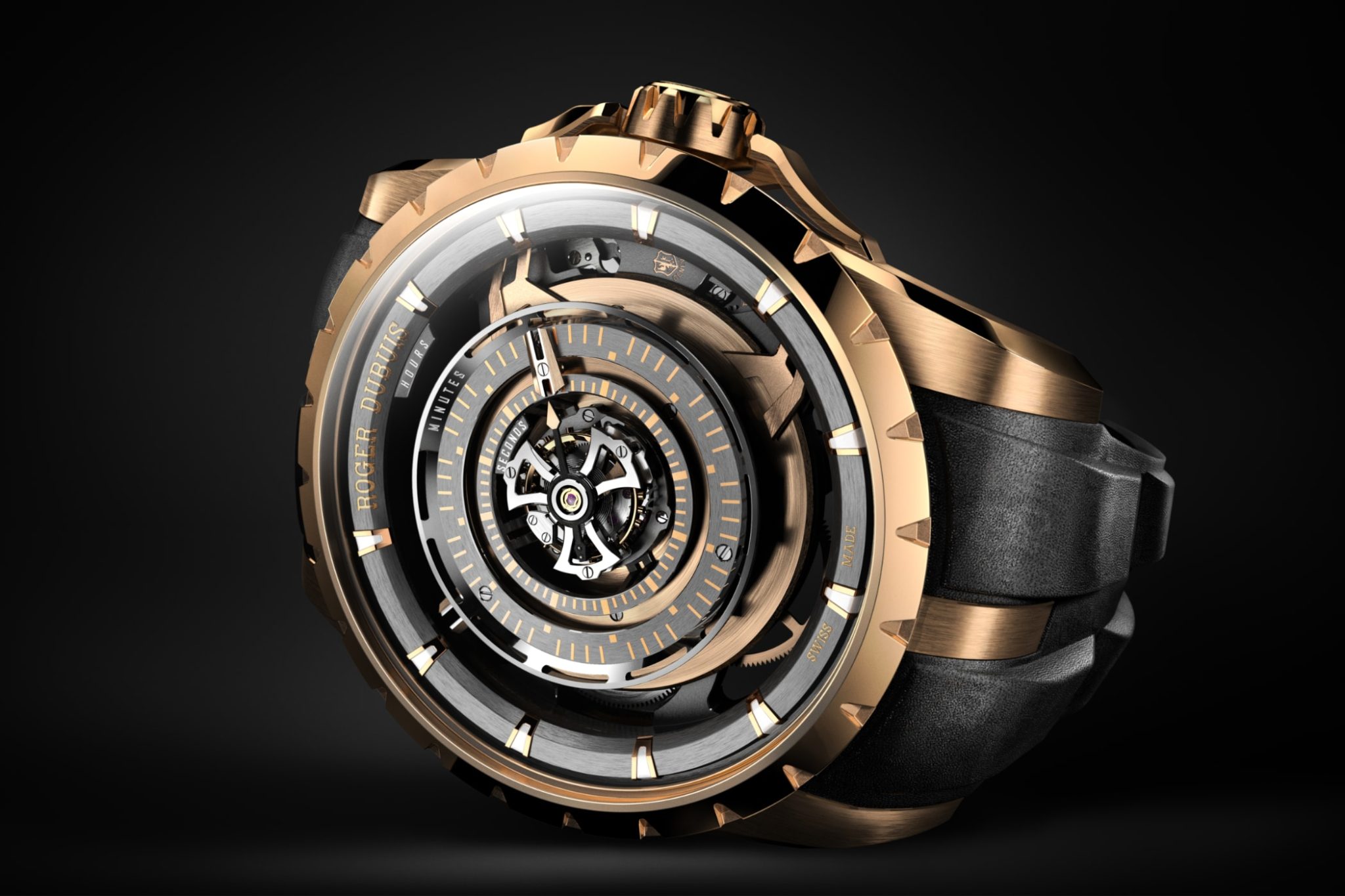
Nevertheless, the timepiece still bears the coveted Geneva Seal, earned in recognition of the highest watchmaking standards. ‘All of this finishing connects back to Geneva,’ Bruttin explains. ‘It serves as the perfect return to the woods. The importance of Genevan watchmaking tradition originates from Mr. Dubuis’ initial idea of incorporating duality, marking the onset of a new era. It’s crucial for us to revisit watchmaking traditions, especially traditional complications. Moving forward, we will focus largely on complexity. At the same time, we plan to introduce a modern reinterpretation of the very first complication we developed back in 1993.’
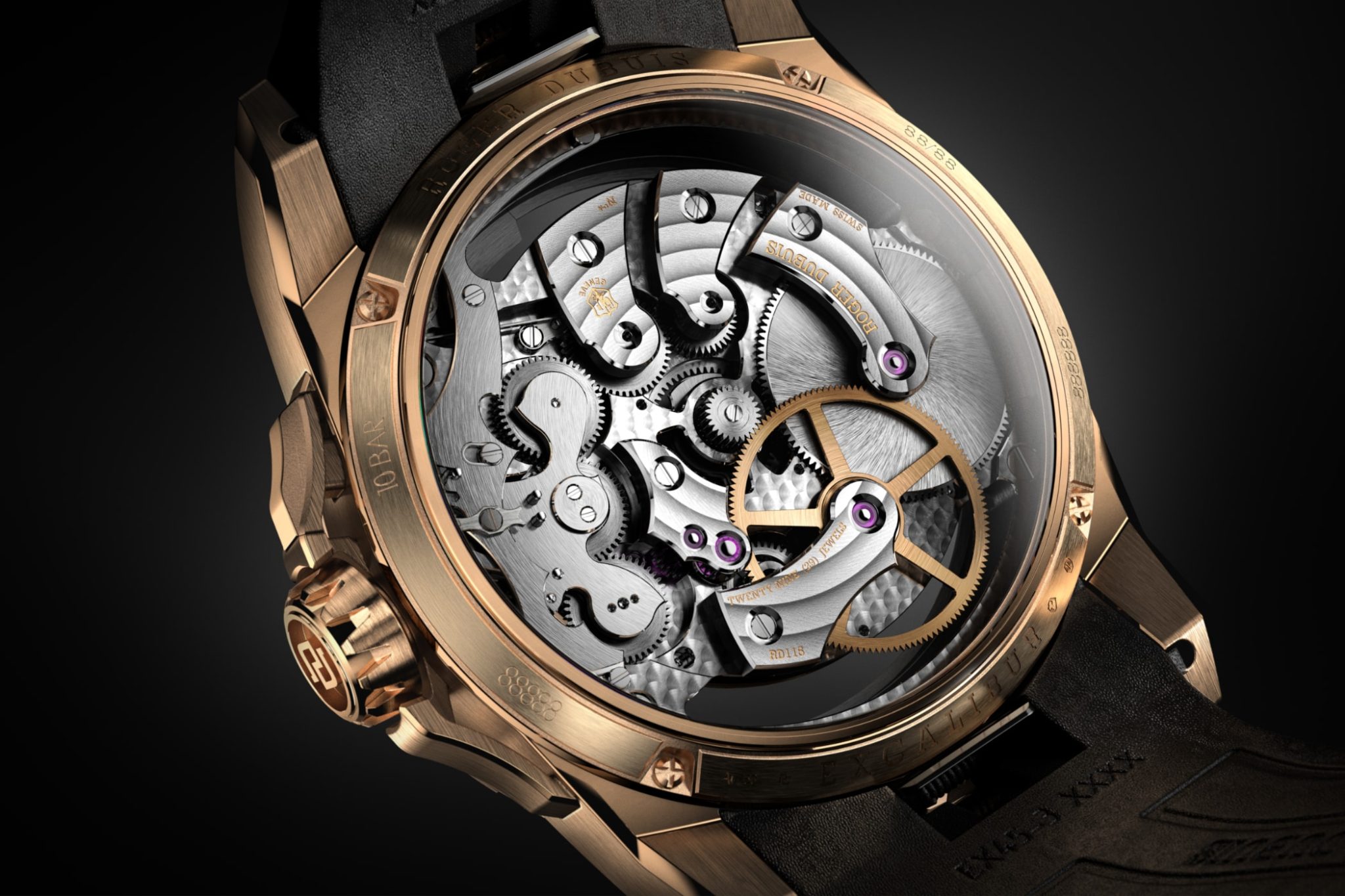
Of course, things aren’t all set in black and white, not least because the brand still only has an interim CEO. Likewise, as Bruttin emphasises, the partnership with Lamborghini shouldn’t be seen as a thing of the past, and remains very important to the brand: ‘We have a very strong relationship and plenty of ideas.’ Roger Dubuis introduced a collaborative Lamborghini chronograph to much acclaim only last year – and more chronograph watches will likely be following in the future, Bruttin adds.
As Roger Dubuis looks towards the future, it remains poised to build upon its impressively rich heritage while embracing new opportunities for innovation and growth – primarily through its ever-adaptable and enduringly popular Excalibur line. With a focus on watchmaking prowess, expressive design, and modernity, the brand is well-positioned to captivate the hearts of collectors and connoisseurs for generations to come – let’s just hope the new CEO, whoever they may be, knows how to deliver.
